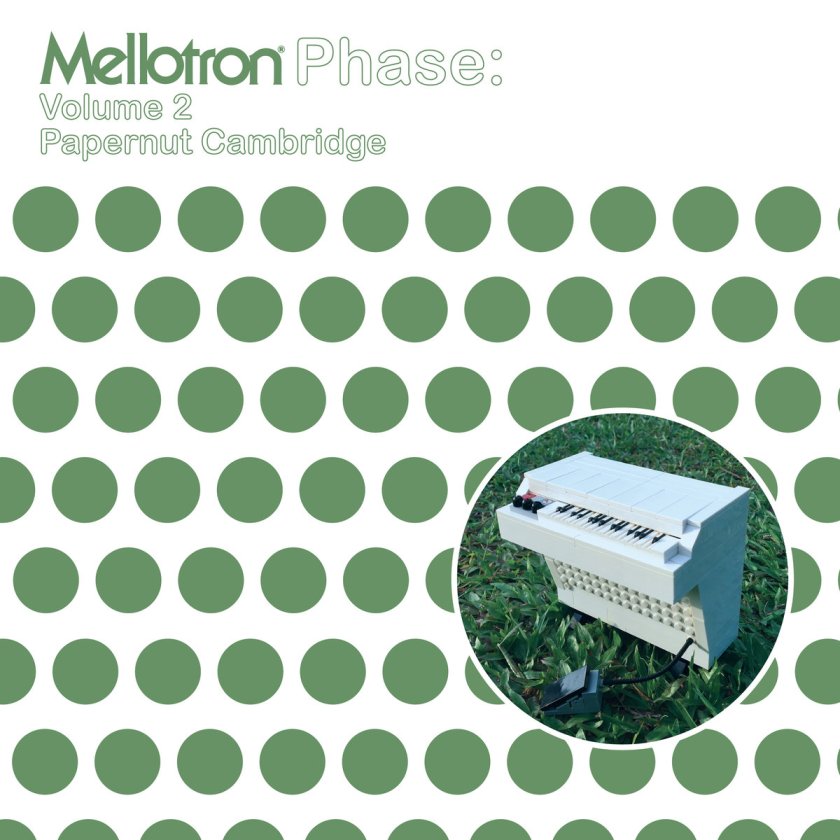
Listening to Keiron Phelan’s new album ‘Peace Signs’ makes you think about being Swedish. The reason is very simply that the subject of the first track ‘New Swedish Fiction’ is what the title states. I’m not into Swedish crime novels myself, but I appreciate someone who treats my country in at least a little more nuanced way than normally is the case. So no vikings, tall blond social democrats or free sex this time. Thank you for that. (Not that I mind vikings, social democrats or sex…)
But in this new era of protectionism, there is of course another aspect to nationality. Next year, Britain will leave the EU and that could mean import tax on all records from the UK, in effect doubling prices due to an import handling fee of about €7 on parcels from outside the tax wall.
So as 2018 draws to a close, I am also drawn to introspective and slightly quaint music like this, because it will become even more hard to get hold of in the future.
And this is a mighty fine album in its own right, irrespective of my Brexit-induced pre-emptive nostalgia.
‘Peace Signs’ is released on the wonderful Gare Du Nord Records label, and like many other releases on that label, has an early 70s sound. This is already very apparent on the nicely arranged title track, as well as on the following couple of tracks, not least the Stackridge sounding ‘Song for Ziggy’ and the lushly simplistic ‘Apple Shades’.
Wistful melodies and beautiful acoustic arrangements. Definitely more Kevin Ayers than the Marc Bolan references so much favoured by label mates Papernut Cambridge. However, this isn’t just throwback music. Instead, this is chamber pop for 2018, made with a mindset very much filtered by Phelan’s other outfits such as the arty chamber sensibilities of Littlebow and the postmodern J-poppy feel of Smile Down Upon Us.
Although there is slide guitar on a few tracks, it isn’t until ‘My Children Just the Same’ – which makes me think of the Water Boys – that I become aware of a rather strong country undercurrent. That continues on ‘Ain’t She Grown’ and peaks with an instrumental simply called ‘The Country Song’. I am normally not a big fan of country, but when it is done in a Byrds-turned-English way, it can work very well.
However, by the end of the album, we are safely back in Albion, with Phelan reading a Chaucer-related lyric on final track ‘Canterbury’. When wordless voices join in, it all turns slightly hymnal. A beautiful way to end a beautiful record.



